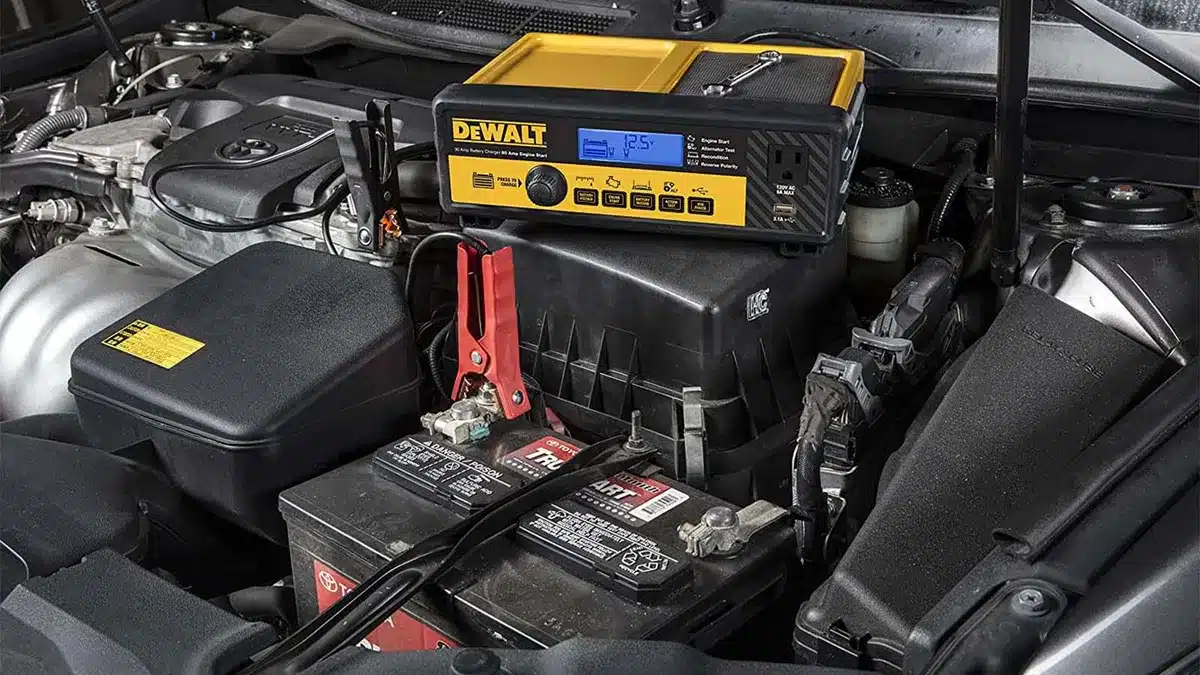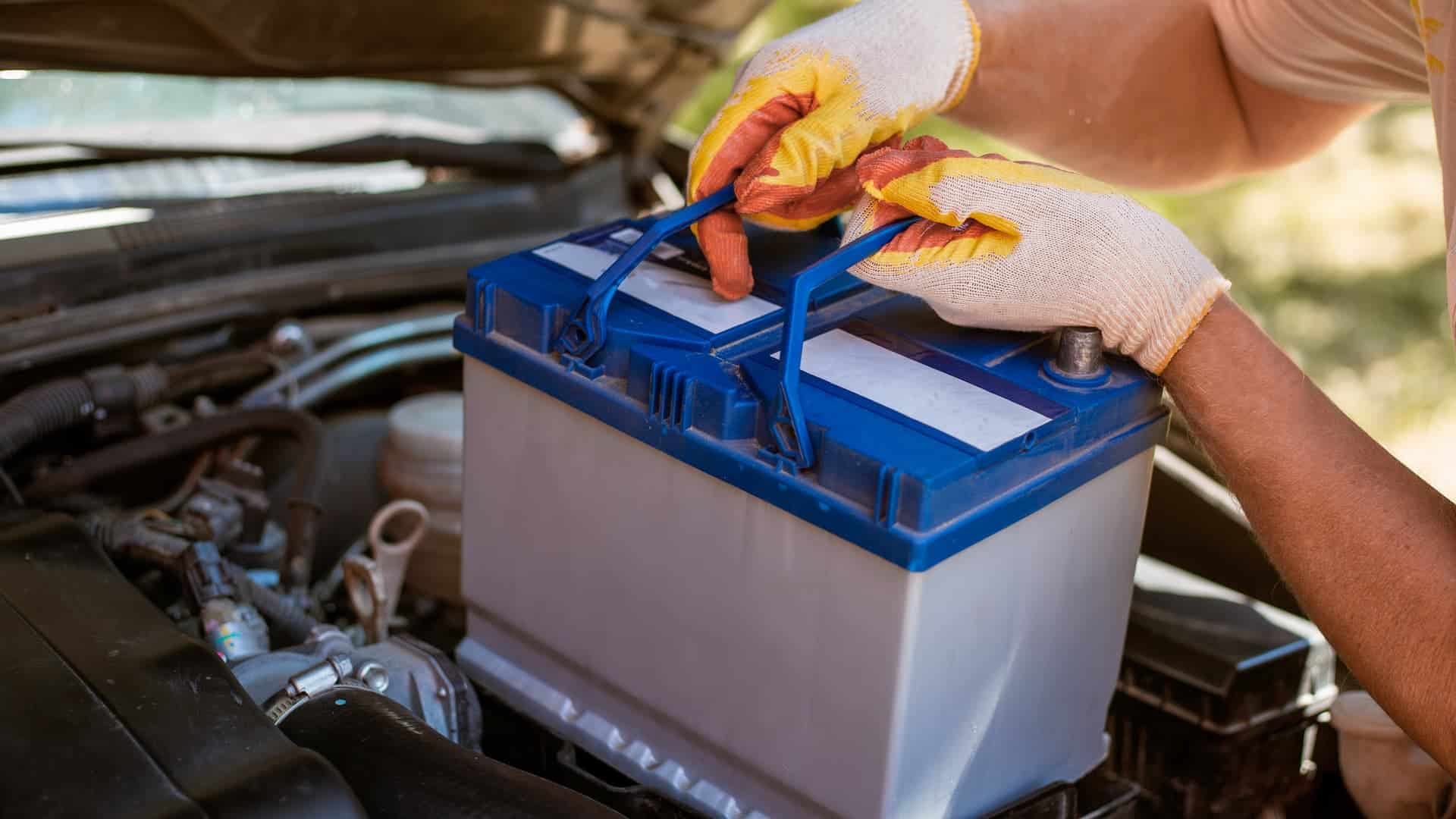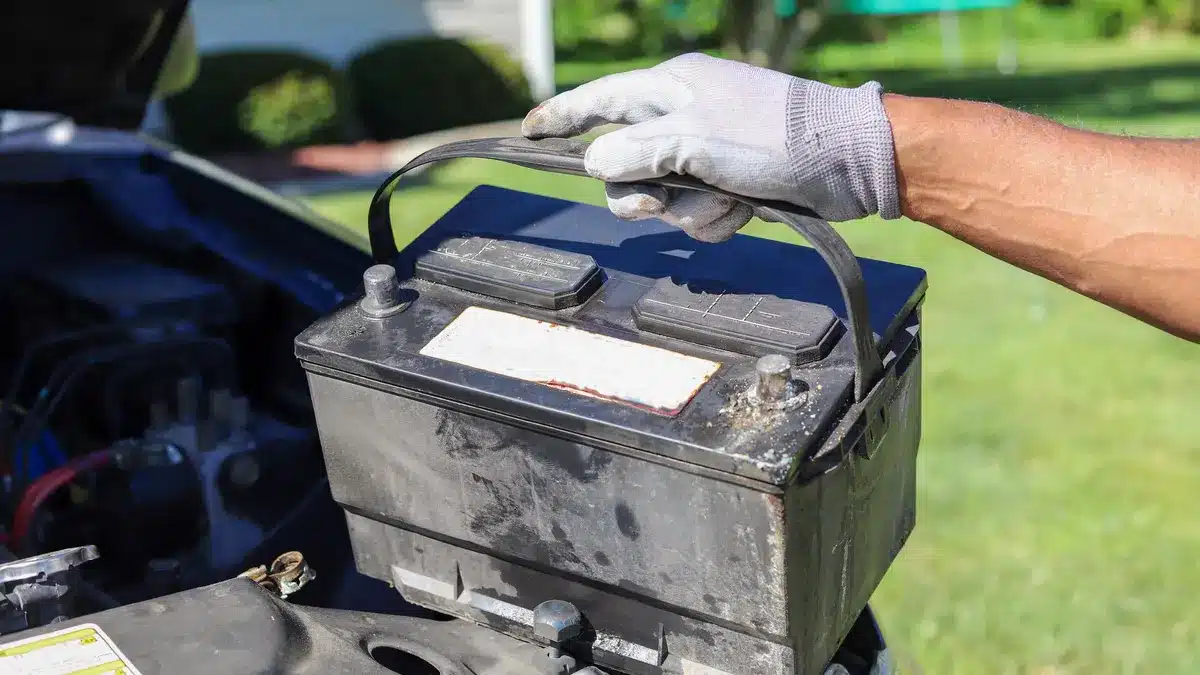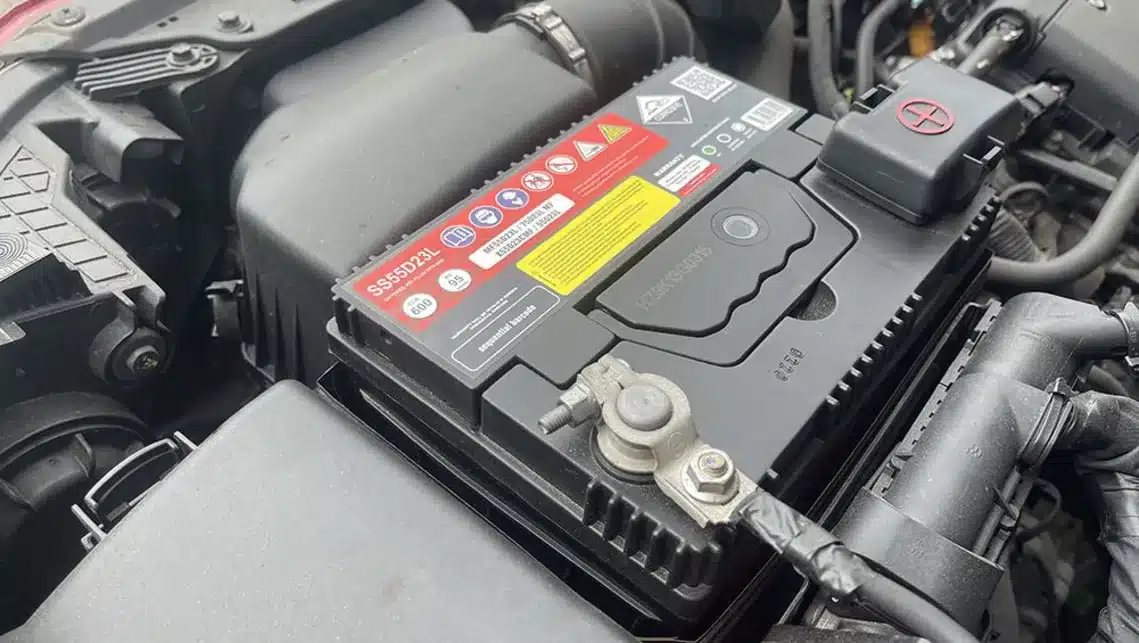How to Test a Car Battery: A Detailed Guide
The car battery is often likened to the heart of a vehicle. It provides the essential jolt of electricity required to bring the car to life. However, just like any other component, it can deteriorate over time. Knowing how to check the battery for your car is crucial to ensure smooth operation and to avoid unexpected hiccups. In this comprehensive guide, we delve deeper into the methods to check the battery for your car, ensuring you’re always on the move.
Understanding the Need for Battery Checks
Before we delve into the specifics, it’s essential to grasp the importance of checking the battery for your car. The battery serves as the primary electrical power source in vehicles, responsible for starting the engine and powering all electronic components when the engine is off. A malfunctioning or weak battery can lead to:
- Difficulties in starting the vehicle.
- Dimmed headlights or flickering dashboard lights.
- Sluggish performance of electrical accessories.
- The potential strain on the alternator, leading to further complications.
1. Using a Multimeter to Check Battery Voltage

A multimeter is an invaluable tool when you want to check the battery for your car. Available at most auto parts stores, it provides a precise measurement of the battery’s voltage, indicating its health.
Steps:
- Preparation: Begin by turning off the ignition and ensuring all electronic accessories are deactivated.
- Setting Up the Multimeter: Position the multimeter to the DC voltage setting. Given that most car batteries operate at 12 volts, choose the range closest to this.
- Probe Connection: Connect the positive (red) probe to the battery’s positive terminal and the negative (black) probe to the negative terminal.
- Reading the Results: A battery in optimal condition should display a reading close to 12.6V. If it’s below 12.2V, consider charging the battery. Anything under 12V suggests that the battery might be weakening and requires further evaluation.
2. Load Testing for Battery Performance

Load testing is a more advanced method to check the battery for your car. It assesses the battery’s capability to function under the stress of high electrical demand, much like during the ignition process.
Steps:
- Safety Protocols: Always prioritize safety. Wear protective gloves and safety goggles, as batteries can contain corrosive acid and emit flammable gases.
- Engaging a Load Tester: These devices can be procured from auto parts stores. Attach it in the same manner as the multimeter.
- Conducting the Test: Follow the specific instructions provided with your load tester. Generally, the tester will place a load on the battery. A healthy battery should sustain a voltage above 9.6V during this test.
- Deciphering the Results: A voltage drop below the recommended threshold indicates a potentially weak battery, warranting a replacement.
3. Hydrometer Testing for Fluid Analysis

A hydrometer test is a more traditional method to check the battery for your car, focusing on the specific gravity of the battery fluid.
Steps:
- Safety First: Given that you’ll be handling battery acid, always wear protective gear.
- Drawing the Fluid: Use the hydrometer to extract some electrolyte fluid from a battery cell.
- Analyze the Reading: A cell in good condition should display a specific gravity around 1.265. Lower readings suggest a depleted charge.
- Consistency is Key: Ensure you test all cells for consistent readings. A significant discrepancy between cells can indicate a faulty cell.
Conclusion
Regularly checking the battery for your car is not just about ensuring a smooth start every morning; it’s about guaranteeing the overall health of your vehicle. By understanding and applying these methods, you can ensure that your car’s battery remains in peak condition, offering you a reliable and efficient driving experience. Whether you’re a car enthusiast or someone who just wants to ensure a smooth ride, these checks are indispensable.






[…] car battery is one of the most important components of your vehicle. It provides the power to start the engine, […]
[…] To stay updated on these advancements, regularly visit resources like How to Test a Car Battery: A Detailed Guide. […]
[…] Regular battery checks in the fall are a proactive approach to avoid winter surprises. This includes keeping the battery terminals clean to avoid electrical resistance, and regularly testing the battery to determine its health and capacity to withstand winter temperatures. Learn how to effectively test your car battery at “How to Test a Car Battery: A Detailed Guide”. […]
[…] For detailed guidance on testing, consider reading our comprehensive guide, “How to Test a Car Battery: A Detailed Guide”. […]
[…] test your car battery to monitor its health and preemptively address […]